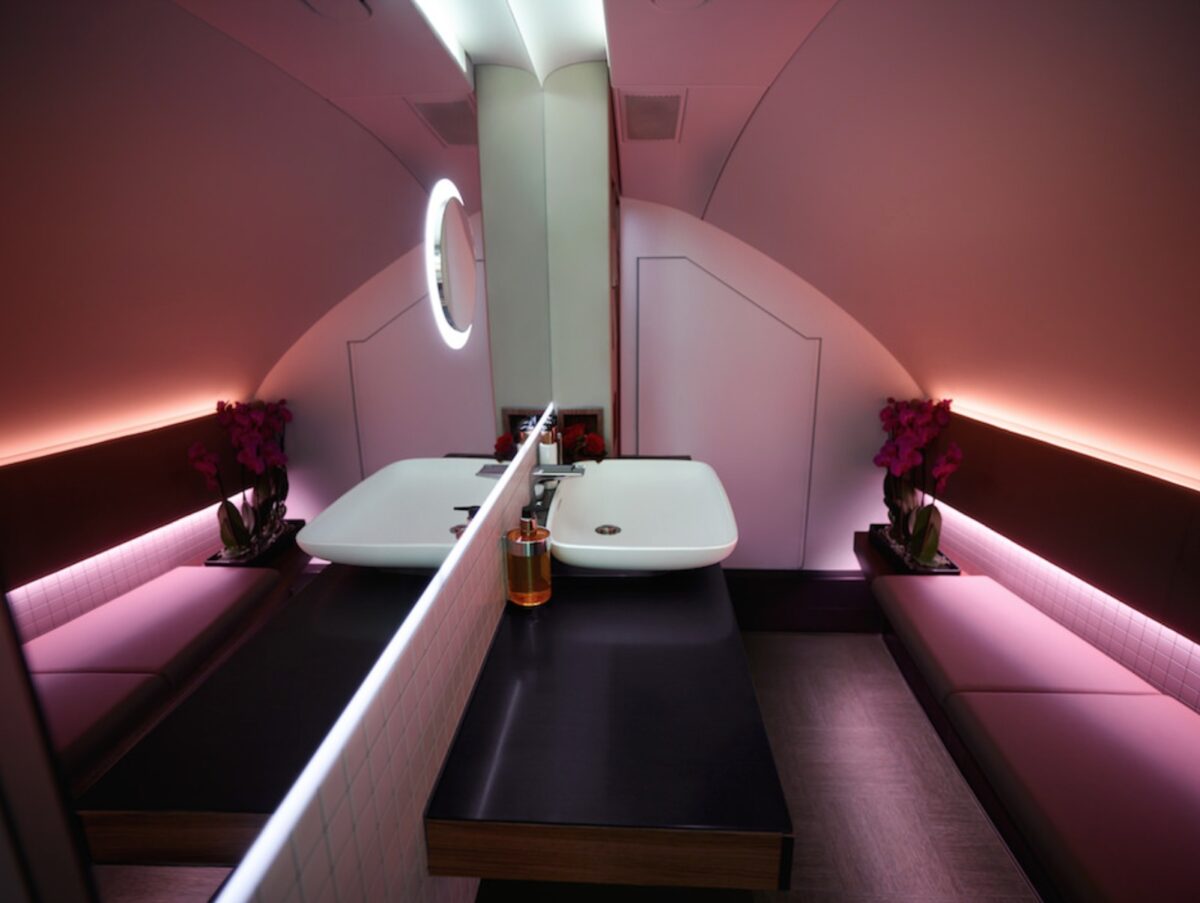The toilet was once a place of quiet reflection and newspaper reading. A few hours into a long-haul flight, however, and you’d be hard pressed to find even the most current affairs avid passenger who would spend a minute more in the crapping-silo than they have to.
And it’s not just the delightful smell—in light of labour costs and fuel prices rising, airlines are making their toilets smaller and smaller. As anyone who travels frequently on a budget airline will attest, it’s sneaky enough to test your sanity as much as your dexterity. One year you fit, the next you don’t. And whilst the backpacker’s diet probably hasn’t helped, the reason you’re struggling to turn around in the restroom isn’t just because of your penchant for late-night kebabs.
Although airlines wave away your stomach-felt concerns, pointing out that the new toilets are invariably just a few inches smaller than before: it’s not like the bathrooms were ever big. In fact the change is so inconvenient that the tighter fit is sparking complaints from pilots and flight attendants, as well as travellers.
As reported by Bloomberg, “Consultant Samuel Engel (who leads the aviation group at consulting firm ICF) said taking his 4-year-old son to the restroom during a recent four-hour flight was like a yoga exercise.”
“We’re both compact people, but I still had to basically straddle him to be able to fit in the lav together.”
The report found that American Airlines Group Inc. (just one of many culprits) is using a smaller lavatory supplied by Airbus SE on new A321neos and remodeled older A321s to squeeze in more seats. The airline also plans to shrink the restrooms on the 300 Boeing Co. 737 aircraft.
all this sh*te about plane toilets being too small to join the mile high club, anything is possible if u want it bad enough
— holls. (@holly_clow) June 15, 2016
Although some clearly don’t mind it, for those hoping to one day be able to wash more than one hand at a time: don’t hold your breath. “Even with passenger complaints on these lavs, I don’t see airlines pulling them out,” Gary Weissel, managing director of Tronos Aviation Consulting, has said (as reported by Bloomberg).
“The revenue generated from being able to get an additional row of seats in there is too great.”
According to Bloomberg, “Weissel estimated that an airline could generate about $400,000 a year for each seat it adds to a plane, based on average fares and typical aircraft usage.” So before your next trip you might be well advised to do some crunches—or wrangle an upgrade…
RELATED: Revealed: The 10 Best Premium Economy Seats In The Sky
